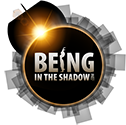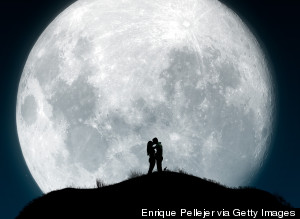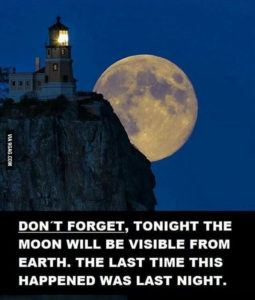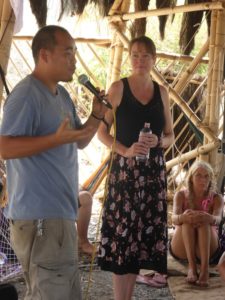
As an expert eclipse planning consultant, the most common question I get asked is this – how many people will come to our region for the eclipse?
This is a question that is very difficult to predict with any accuracy. It depends on so many factors – including location along the path, proximity to the center-line, climate statistics and weather on the day, road networks, general appeal, proximity to other tourist attractions, and population of the region.
However, this is the question that communities do need an answer to. Without any estimates, effective planning is difficult. So, what have other regions done in the past when estimating crowds, and how accurate were these estimates?
Accuracy of past estimates
In 2012, initial estimates for the Far North Queensland total eclipse was 30,000, based upon the crowd attending a previous total eclipse in South Australia in 2002. In the end, 60,000 people descended on the area specifically for the eclipse, staying an average of four days. Accommodation in the region was at full capacity, and the eclipse brought in an estimated Aus $130 million for the local economy. The eclipse was indeed much larger than everyone had imagined.
In 2015, we estimated 5,000 eclipse tourists would come to the Faroe Islands, taking into account remoteness and poor weather predictions. Even this number, however, required creative planning, in a country with only 800 hotel beds. In the end, 11,400 eclipse tourists came, staying for an average five days, generating US $9.5 million for the local economy. Again, the eclipse was much larger than expected – despite the poorer weather prospects.
Even going further back than these recent examples, people have reported that regions tend to underestimate visitor numbers. Every time a total solar eclipse occurs, new generations of eclipse chasers are born, eager to repeat the experience. Eclipse chaser numbers will only keep growing.
Features that make the 2017 eclipse especially appealing
In my 17 years of eclipse chasing, I have had to travel to some very remote, unusual locations in order to get to the path of totality. However, the path of totality for 2017 is easily accessible, with good weather prospects, occurring in a country of great appeal, with many unique opportunities for tourism across the path.
The US is the second most visited country in the world, with 77.5 million visitors in 2015. August is already one of the most popular months for visitors. There is no doubt that the interest in this eclipse will be unprecedented.
Michael Zeiler at Great American Eclipse has calculated that 12.2 million people live within the path of totality. 88 million Americans live within 200 miles of the path of totality – which is easy driving distance. It really is unknown how many millions will travel on the day.

The western sections of the path are most popular amongst eclipse chasers as the weather outlook is more optimistic – yet it is much more sparsely populated. The more densely populated eastern half of the path may have the largest crowds, but generally there are lower chances of clear skies. Ultimately, many believe that this will balance things out, and there is plenty of room along the path for everyone.
How to come up with estimated numbers for your region
I have now talked through this issue with many communities along the path. The key people involved in these discussions are the tourism representatives, local council, and emergency planning chiefs. The aim is to identify a way to calculate total visitor numbers – keeping in mind that these numbers are estimates. Here is a very simple overview.
Largest community event multiplied by the ‘x factor’
The key question is – what is the largest event that is currently hosted in your region? It may be the State Fair, New Years Eve celebrations, 4th of July celebrations, or a music festival. This largest event shows the draw of your community. Essentially, these attendees will be the same people who will be coming to celebrate the eclipse. But a few more things need to be considered – additional family and friends, those who have sought out the region specifically and have booked; and the many more who will drive in on the day.
So, the advice is to consider your largest crowd, and then multiply this with ‘the x factor’ – this could mean multiplying by 1.5, or 2, or 2.5. This all depends upon the many factors mentioned above, and really does need to be personalized to your community. I told you eclipse planning had many unknowns.
Calculate your maximum capacity
I think it’s important that all communities consider this – What is the maximum number of people who can be safely catered for, and how can you ensure that this is managed. And what is the plan if this is exceeded.
Knowing this figure gives a feeling of control, rather than things being completely unknown, and plans can be made. This can be considered roughly by looking at the following:
- The population of the region – these people are most likely to remain in the community to view the eclipse;
- Friends and family of the population – if you live in the path, you will become immensely popular with anyone living outside of the path, who will want to stay with you. You can account for this by perhaps multiplying the population by 2, or else calculating an extra two people per household
- Total formal accommodation capacity (including hotels, B&B’s, official camping and RV sites)
- Additional soft capacity (including temporary arrangements such as additional camping grounds, overnight car park facilities, fields that may be used etc)
- The numbers in tour groups coming in but who may be staying elsewhere
Then consider those additional unknowns, who will be driving in for the day. What is an acceptable level of unknown visitors who can be accommodated for on the day, when you are already at full capacity, with regards to parking and facilities?
Having an estimate is important for planning. I have been encouraging many regions to record how they have calculated their estimates, so that these can be compared to final visitor numbers, allowing some way of working out how accurate numbers could be predicted. This will help to plan for future eclipses – including the next one across the US in 2024.
Eclipse ‘hotspots’
Several locations along the path may be potential ‘hotspots’ for eclipse visitors to congregate. These are those with the best chances of good weather; those with outstanding nature opportunities, and those with something of unique interest.
For example, Grand Teton National Park is one of the few parks along the path. This region is already a high demand tourist area, already at full capacity during August over the last few years. Many people consider this to be the ‘ultimate’ eclipse viewing destination (I’m one of them – my tour is based in Teton village). But the region clearly will not be able to cope unless special considerations are made.
Similarly, Carbondale in Illinois may be another ‘hotspot’, as they are in the unique position of being at the ‘eclipse crossroads’ for the 2017 path and also the 2024 path. Also, Madras in Oregon was identified as having one of the best chances of clear skies, and was one of the first regions to reach full capacity.
If you are in an eclipse ‘hotspot’, then it is essential to develop action plans to avoid over-capacity. Worth exploring are options to control access, and the ability to pre-register interest, or having a lottery system for different venues. Also to be considered are access to food and toilets. It is a far less stressful experience for everybody if people know upfront that they can or cannot get to their preferred viewing location, rather than have to be turned away on the day. Preventing problems from occurring in the first place is in everyone’s interest.
Conclusion
Eclipse planning may be unique and have quite a few unknowns. All but the smallest communities have the expertise to plan a great eclipse experience and associated events for their community and visitors. All you need to do is remember the following:
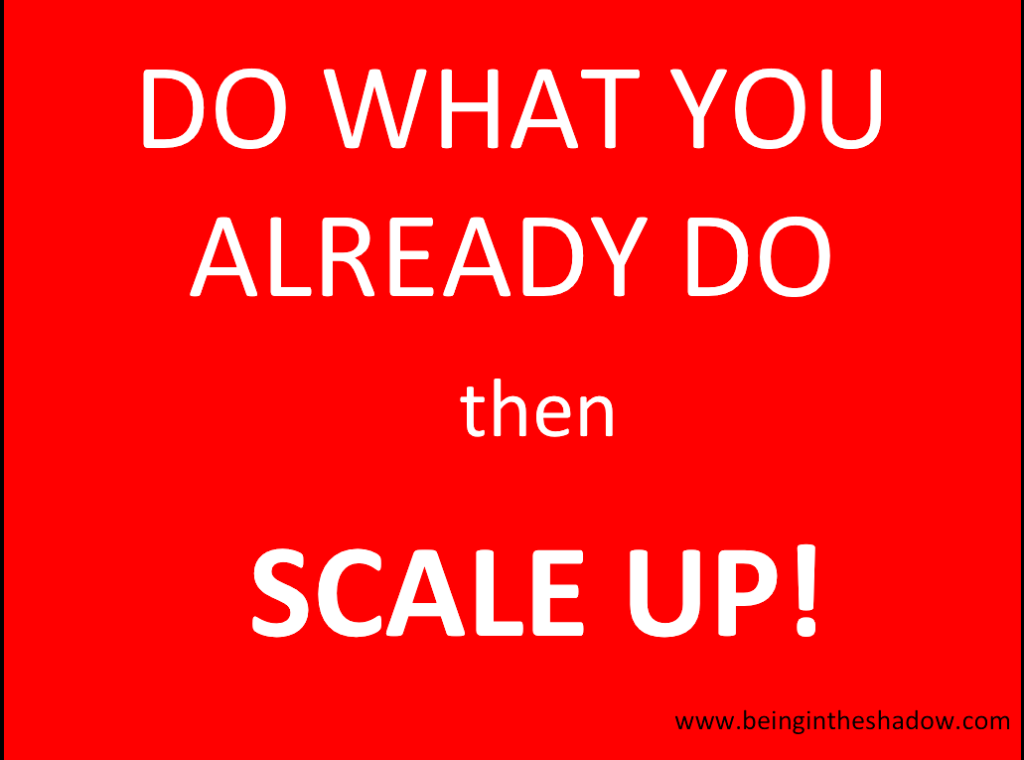
If you are involved in planning for your community and want to talk through the issue of estimating numbers, or your eclipse plans in general, then feel free to get in touch for a free Zoom consultation.
